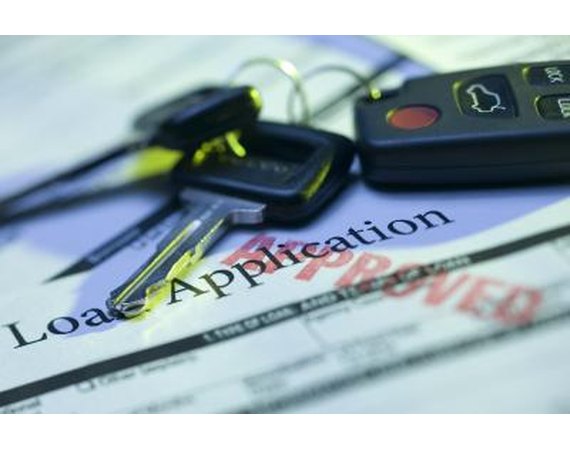A vehicle lease or purchase offers different benefits. Leasing restricts driving and car use through term and mileage limitations, so the option is not for everyone. A purchase may prove a better option for a driver who prefers to keep his car although leasing may prove beneficial to someone who normally trades out of a car every three to four years.
Long-term Pricing
Leasing may initially show a low monthly payment, but your overall cost may be the same as a finance or purchase during the term you choose for the lease. Manufacturers offer rebates for new cars, which includes thousands off the window sticker price. Leasing is often assumed on the full sticker price. To fully gauge the difference in cost, add your total number of lease payments and down payment amount to calculate the overall cost. Compare the total lease cost to a finance by adding your down payment and monthly payments over an equivalent lease term, not the entire term of the loan. The difference may be minimal.
Down Payments
You may find that you can achieve a low monthly lease payment but have to pay thousands of dollars for a down payment. Limit the amount of money you put toward a lease. If you should lose your vehicle because of damages or theft, you will not receive your down payment back from the leasing bank. With a vehicle purchase, Edmunds suggests putting down 20 percent of the vehicle's value if financing. Because you own the vehicle, you can increase your equity by decreasing your loan amount or by paying off the loan early. If you suffer a loss, you can receive money back for the vehicle's loss through insurance coverage.
Leasing Terms
If you purchase a vehicle, you can drive it as much as you'd like without concern for penalty fees. Leasing may restrict your driving so plan ahead. Lease advertisements are based on a pre-determined mileage and term. You can change the terms to suit your driving needs. Low mileage leases, such as 10,000 miles per year, may offer a low payment but prove too restrictive. You can increase your mileage allowance up to 18,000 miles per year and change your term as well. Ask your dealer to show you the cost difference between different leasing terms so you can avoid penalty fees at the end of your lease contract.
Read Your Contract
Leasing fees can prove expensive. You may have to pay a fee if you decide to transfer your lease to someone else; but if you own your vehicle, you can likely sell it without incurring any fees. Some lenders may charge a prepayment penalty fee for paying off a loan early so be sure to inquire. When you return your leased vehicle, it must have limited wear and be in good condition. Leasing banks charge for wear-and-tear and over-mileage fees. Look over your contract to find out your limits, leasing requirements and penalty fees.


















